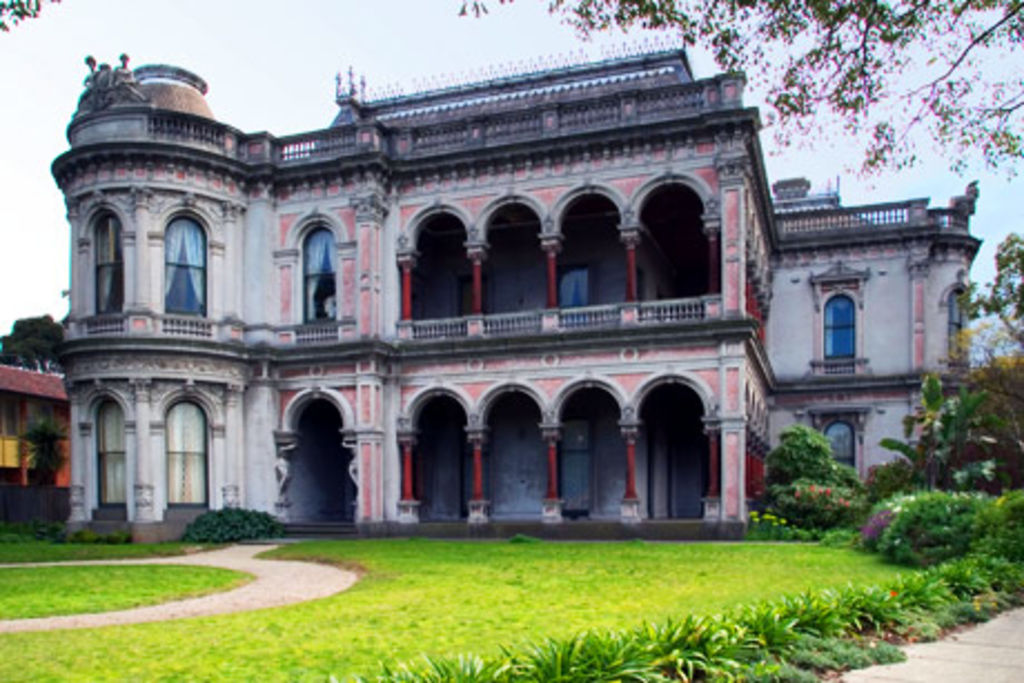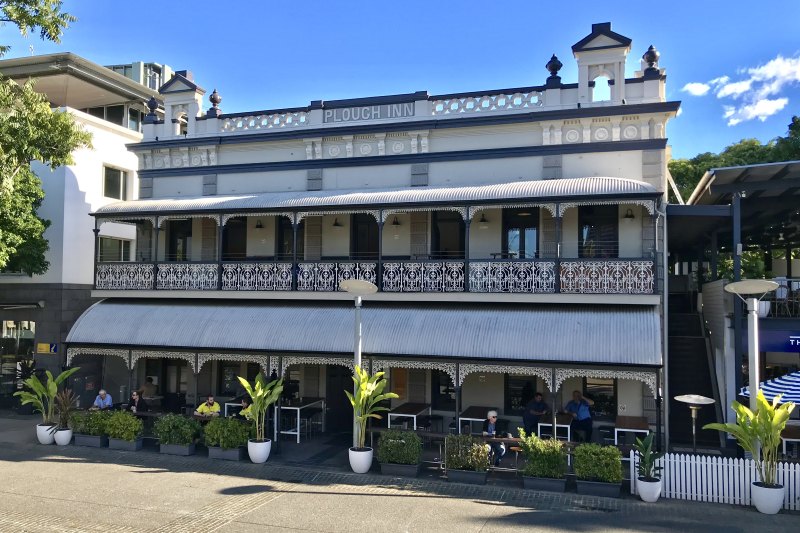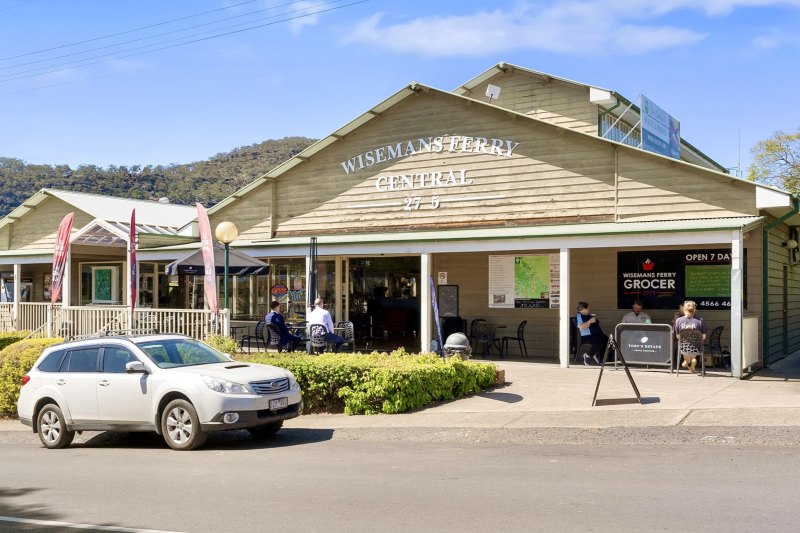Rich details of golden years

The legacy of the gold rush lives on in the grand boom-style mansions that grace Melbourne and rural cities today. These late Victorian houses are gloriously over the top, a reminder of when some hopeful gold diggers became instant millionaires and prosperous industrialists ruled the day.
In “Marvellous Melbourne”, property prices soared and the movers and shakers built their dream homes inspired by European villas. Stonnington Manor in Toorak, for example, was built for John Wagner, a partner in Cobb and Co coaches.
The fashion was for ornate decorations and even ordinary houses had intricate iron lace, complex tiled verandahs and elaborate roof decorations. Terraces had ornamental parapets and single-storey houses had arches and sometimes towers.
Unfortunately, some of these beautiful houses were demolished or stripped of their grand features from the 1950s to the 1980s, when the style was out of fashion.
“People now have a fondness for this decoration,” says Dr Kerry Jordan, an architectural historian with Heritage Victoria. “After the simplicity of modernism, a lot of people are attracted to the decoration of the Victorian period.”
During the late-Victorian period (1875-1901), there was money around and decorative features could be mass produced for the first time. Even modest houses could have fancy features.
Dr Jordan says houses had parapets with balustrades decorated with urns, balls and figures. Cast-iron panels were common on terrace houses.
If houses were not rendered, polychromatic exteriors were popular, with patterns created using different-coloured bricks. Verandahs had beautiful patterns in tessellated or encaustic tiles.
One of the problems of living in a late-Victorian building is the number of small separate rooms, Dr Jordan says. “The obsession with privacy and keeping everything separate is quite different to the way we live today.”
Victorians loved busy, colourful interiors and rooms were decorated with patterned wallpapers, elaborately carved and patterned furniture, ceiling roses and plaster decoration, bay windows, carved doors, ornate fireplaces with tiles and mantles.
The Melbourne and Metropolitan Board of Works was set up in 1891 and running water and flushing toilets or water closets were a big improvement. Electricity and gas were also introduced.
Modest examples of the boom style are found today in inner-city suburbs such as Footscray, Yarraville, Kensington, Carlton, Richmond and South Melbourne. The wealthy tycoons built bigger houses further afield in suburbs such as Brighton, Hawthorn, Malvern, Essendon and Moonee Ponds.
Dr Jordan advises renovators to check the Heritage Victoria or National Trust websites for craftsmen or replica products. Wreckers’ yards may have some original features. “These houses are not to everyone’s taste. They’re probably still too elaborate for some but they are appreciated by a lot of people.”
Building work slowed during the depression of the early 1890s and Queen Anne and Federation styles began to develop gradually as boom styles went out of fashion.
Hallmarks of the style
-Italianate exterior features such as parapets, arches and rendered walls.
-Polychromatic buildings with different-coloured bricks.
-Intricate iron lacework, triple windows and coloured glass.
-Complex tiled patterns on verandahs and paths.
-Lavish ornamentation inside, such as wallpaper, stencils, plasterwork and carved door frames.
-Fireplaces with patterned tiles, a mantle shelf and over mantle.
We thought you might like
States
Capital Cities
Capital Cities - Rentals
Popular Areas
Allhomes
More







